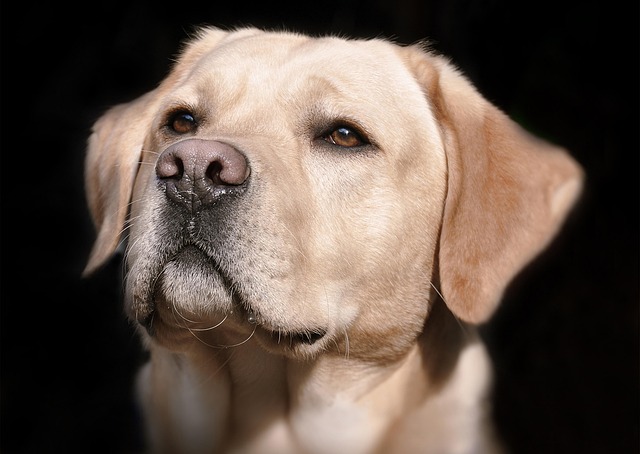
How can I tell if my dog's heatstroke is serious
Let’s be real: It’s a sticky August morning in Los Angeles, and you took your 2-year-old Golden Retriever, Max, for a walk a little later than usual
Do dental powders really work for dogs? It’s a question that might cross your mind while standing in the pet supply aisle of a suburban Ohio grocery store, staring at a small blue container labeled “Freshens Breath, Fights Plaque!” Your 2-year-old Golden Retriever, Max, is at home, his breath so pungent it makes you step back during morning snuggles. You’ve tried brushing, but he squirms like a fish out of water, turning every session into a wrestling match. Could this powder—mixed into his food—be the easy fix the label promises?
Let’s break down how they work. Most dental powders contain enzymes (like glucose oxidase) or mild antibacterials (such as chlorhexidine) that target the bacteria causing bad breath and plaque. When mixed into your dog’s food or water, these ingredients coat their teeth and gums as they eat, breaking down sticky food particles and slowing bacterial growth. It’s not as thorough as brushing—nothing replaces the physical scrub of a toothbrush—but it adds a layer of protection, especially for dogs who hate having their mouths touched. Think of it like using mouthwash for humans: it doesn’t replace flossing, but it helps keep things fresh between cleanings.
So, how do you use them effectively? Start with a vet-recommended brand—look for ones with the VOHC (Veterinary Oral Health Council) seal, which means they’ve been tested to reduce plaque. A friend in Michigan uses one for her Shih Tzu, Bella, who used to snap at the toothbrush. She sprinkles a tiny scoop (about ¼ teaspoon for Bella’s 15-pound frame) over her kibble twice daily. After three weeks, Bella’s breath went from “onion-like” to “mildly doggy,” and her vet noted less tartar on her front teeth. Avoid powders with added sugars or artificial flavors—they can undo the benefits. Start slow: mix a small amount into wet food first, as some dogs are picky about new tastes. Praise them when they eat it—“Good job keeping those teeth clean!”—to make it a positive routine.

Now, let’s tie this to life as a U.S. dog owner. Legally, keep Max’s vaccines current—rabies shots are required in all 50 states, and many vets won’t discuss dental products without proof of up-to-date records. When out walking, always grab poop bags; cities like Denver fine up to $100 for leaving messes, and a dog with fresh breath is still a dog who needs responsible cleanup. Culturally, never force a dog to eat powder-mixed food—if Max turns up his nose, try a different brand or mix it with a spoonful of peanut butter (unsalted, no xylitol). Positive reinforcement beats frustration every time. In apartments, store powders in a sealed container to avoid spills—no one wants a dusty mess on the kitchen counter. For community walks, tuck a small bag of dental treats in your pocket as a reward for calm behavior; combining powder with chews doubles down on fresh breath.
Dental powders work best as part of a routine, not a standalone fix. That Michigan Shih Tzu? Bella still gets a weekly brush (gentle, with lots of treats), but the powder makes daily maintenance easy. With the right product and patience, your pup’s breath (and their dental health) will thank you.

Let’s be real: It’s a sticky August morning in Los Angeles, and you took your 2-year-old Golden Retriever, Max, for a walk a little later than usual

You're enjoying a summer afternoon at the park when you notice your dog has stopped panting and appears disoriented - their gums are bright red

Let’s paint the picture: You’re in your Denver apartment, watching your 4-year-old Boston Terrier, Ruby, plop down mid-play session with her favorite toy

Many dog owners notice their pets nails seem shorter after regular walks,but how much does this daily activity actually help?The answer depends on where you walk—concrete sidewalks or asphalt streets gently file nails as a dog's paws hit the ground

Most dog owners notice their pup scooting across the carpet at some point, but few connect it to impacted anal glands. These small sacs near a dog’s rectum secrete a scent for marking territory

Most vets agree that regular dog teeth cleaning is key to avoiding painful dental issues later. For healthy adult dogs, a professional cleaning at the vet’s office every 12 to 18 months usually works well.